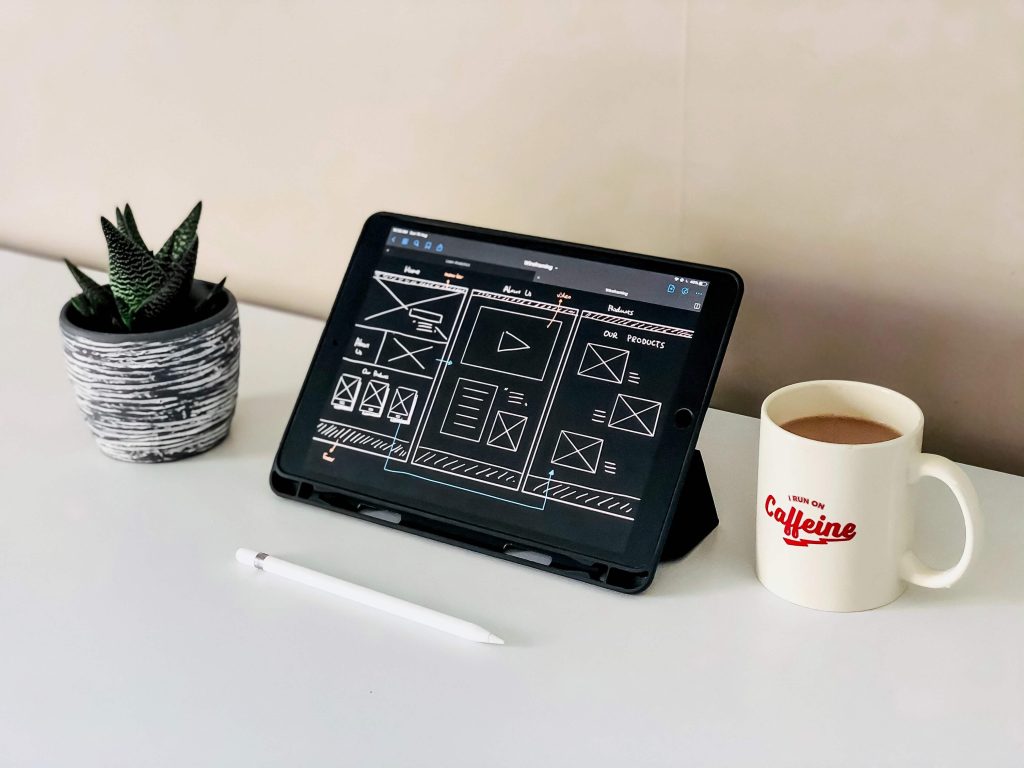
As a digital marketing agency, you’re likely always looking for ways to improve your clients’ website performance. One area often overlooked that can make a big difference is website design. Website design can help improve conversions and generate leads in a number of ways. In this blog post, we’ll explore 8 ways website design can help improve conversions and generate leads.
- Clear and Concise Messaging
The messaging on your website should be clear, concise, and easy to understand. Your website should communicate your value proposition in a way that is easily digestible for your target audience. This messaging should be consistent across all pages of your website and should be prominently displayed in the header or hero section.
Having clear messaging helps visitors understand what your business offers and how it can benefit them. This can increase the likelihood that visitors will convert into leads or customers. - User-Friendly Navigation
Website navigation should be user-friendly and easy to understand. Visitors should be able to quickly and easily find the information they are looking for. Navigation menus should be well-organized and clearly labeled. If visitors have to spend too much time searching for what they need, they may become frustrated and leave your website.
A well-designed navigation can also help with SEO. By organizing your website content in a logical manner, search engines can better understand the structure and hierarchy of your website. This can improve your website’s rankings in search engine results pages (SERPs), making it easier for potential customers to find you. - Responsive Design
Responsive design is an approach to website design that ensures that your website looks good and functions properly on all devices, including desktops, tablets, and smartphones. With more and more people using mobile devices to browse the web, having a responsive website is crucial.
A responsive website can also improve your website’s performance in search engines. Google has stated that mobile-friendliness is a ranking factor in their algorithm, so having a responsive website can help improve your website’s visibility in search engine results pages. - Fast Load Times
Website load times are an important factor in website design. Slow load times can frustrate visitors and cause them to leave your website. In fact, research has shown that even a one-second delay in page load time can result in a 7% reduction in conversions.
To improve your website’s load times, you can optimize your images, minify your code, and use a content delivery network (CDN) to distribute your website’s content across multiple servers. - Attention-Grabbing Calls to Action (CTAs)
Calls to action (CTAs) are an essential part of any website design. CTAs encourage visitors to take a specific action, such as filling out a contact form, making a purchase, or downloading a whitepaper.
To make your CTAs more effective, they should be attention-grabbing and prominently displayed on your website. They should also clearly communicate what action you want visitors to take and what they can expect as a result. - Trust Signals
Trust signals are elements on your website that communicate to visitors that your business is trustworthy and credible. Examples of trust signals include customer testimonials, industry awards, and security badges.
Including trust signals on your website can help build trust with potential customers and increase the likelihood that they will convert into leads or customers. - High-Quality Visuals
High-quality visuals can make a big difference in website design. Visuals can help communicate your message more effectively and make your website more engaging for visitors.
When using visuals on your website, it’s important to ensure that they are high-quality and relevant to your business. Using stock photos can be a good option, but be sure to choose images that are relevant to your business and convey the right message. - Easy-to-Use Forms
Forms are an important part of website design, as they allow visitors to provide their contact information and other details that can be used to generate leads or complete transactions. However, if forms are too complex or difficult to use, visitors may abandon them before completing them. This means keeping form fields to a minimum and only asking for necessary information. Form fields should be labeled clearly and placed in logical order. You can also improve the user experience by using features like autofill, which automatically fills in common form fields like Name and Address.
Website design can play a crucial role in improving conversions and generating leads. By focusing on clear messaging, user-friendly navigation, responsive design, fast load times, attention-grabbing CTAs, trust signals, high-quality visuals, and easy-to-use forms, you can create a website that is engaging, effective, and user-friendly. By optimizing your website design, you can improve the user experience, build trust with potential customers, and increase the likelihood that visitors will convert into leads or customers.